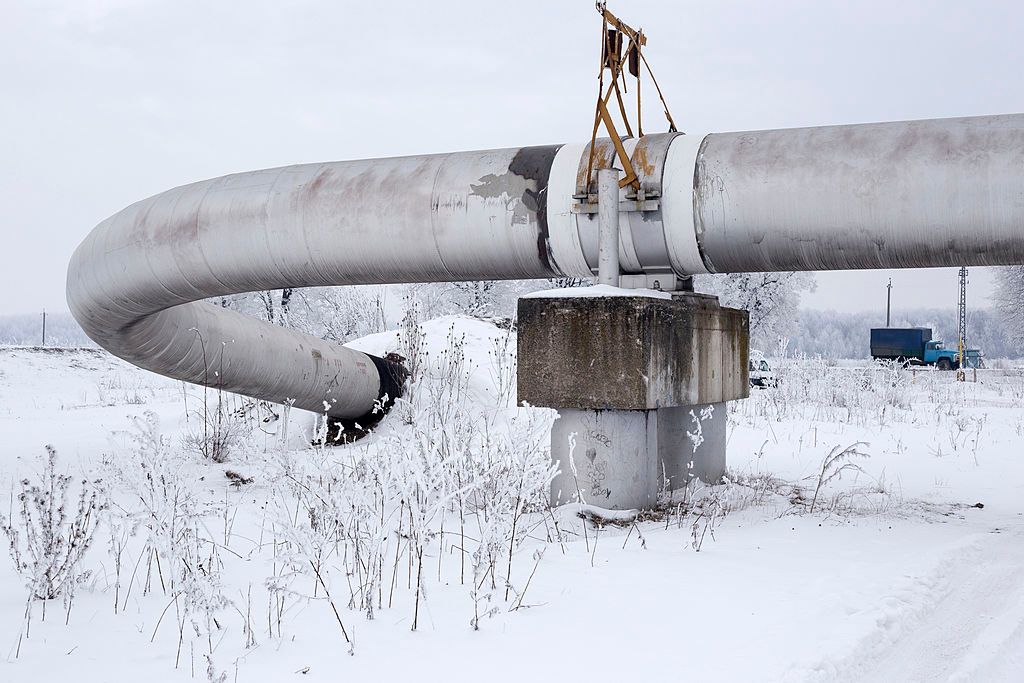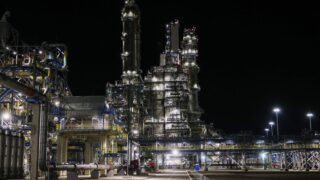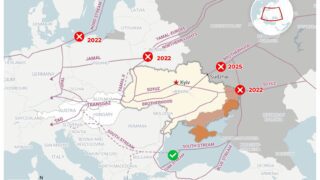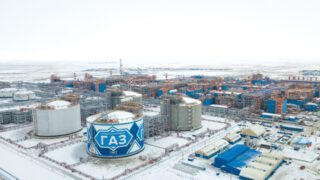
Gazprom plans for end of gas transit via Ukraine after 2024, Reuters reports
Gazprom, Russia’s state-controlled gas company, is planning for a scenario in which no natural gas will flow to Europe through Ukraine after Dec. 31, 2024, a source familiar with the plans told Reuters.
Kyiv has indicated it will not extend the transit deal, ending over 50 years of gas flows from Siberia to central Europe — a vital revenue stream for Russia since the Soviet era.
Ukraine earns up to $1 billion annually in transit fees but has said it does not intend to renew the agreement. Moscow, however, has expressed willingness to continue using the Ukrainian route. Russian President Vladimir Putin said Moscow remains ready to pump gas through Ukraine.
Despite these signals, Gazprom’s internal planning assumes no Ukrainian transit next year, the source said, adding that the company expects Russian gas exports to Europe and Turkey—termed "far abroad"—to decline by 20% in 2025. Due to the loss of the Ukrainian route, exports are projected to drop to just under 39 billion cubic meters (bcm) from the more than 49 bcm expected this year.
The expected drop excludes gas supplies to China via the Power of Siberia pipeline, which is forecast to reach 38 bcm in 2025. Turkish supplies via the TurkStream and Blue Stream pipelines are not expected to decline.
Russia’s gas exports to Europe via Ukraine have already fallen significantly, with only 15 bcm delivered through this route in 2023. That figure represents just 8% of peak Russian gas flows to Europe in 2018-2019. The Soviet-era Urengoy-Pomary-Uzhgorod pipeline transported about 14.65 bcm of gas through the Sudzha entry point in Russia’s Kursk region to Slovakia in 2023, accounting for roughly half of Russia’s remaining European gas exports.
The war in Ukraine and the 2022 explosion of the Nord Stream pipeline to Germany have severely disrupted the energy link between Russia and Europe. EU gas consumption fell to 295 bcm in 2023, with Europe increasingly reliant on U.S. liquefied natural gas supplies to meet demand.
















